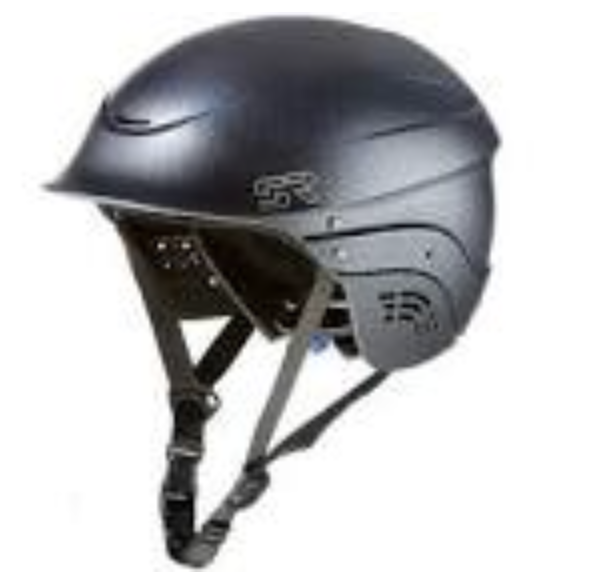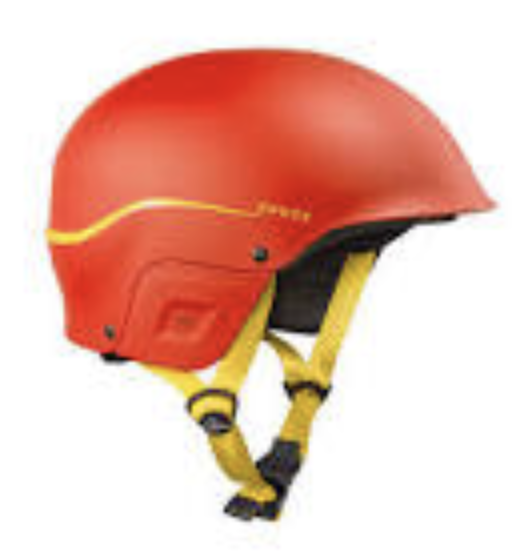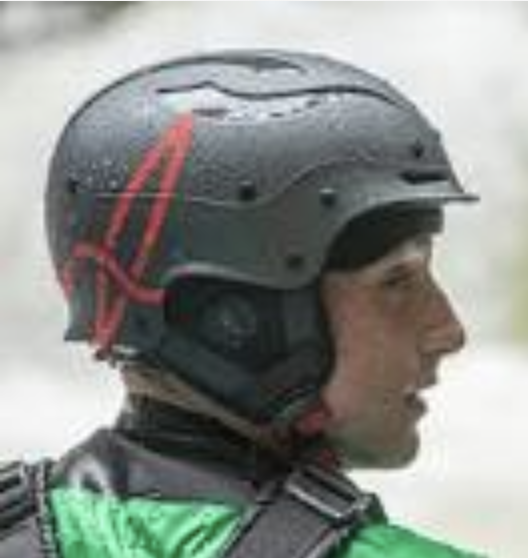Use of Helmets
More frequently LCC gets asked ‘Do I need a helmet.’on ……trip.
The basic answer is; If there is chance that you may slip in such a way that your skull or temple may impact a rock or hard object then the answer is YES.
River kayak paddling.
There is aways a risk of capsize, so always wear a helmet
River open boating,
There is aways a risk of capsize, so always wear a helmet.
There is an historical trend whereby some think that open boaters don’t need a helmet. A woollen hat or cap is good enough to protect your head. Really!
Lake open boating
Generally helmets are not required. However if it is windy or waves present, and the lake bed rocky, a helmet would be a good option.
Sea kayaking
When might you bash your head? When rock dodging; when ending on a rocky shore or pebble beach; when landing in surf.
So you should wear a helmet on these occasions. When touring in deep water a helmet is not required, but it should be available in case the need arises.
On a bore wave
Risk of capsize is ever present, if you are unlucky you could collide with another paddler, so on the bore wear a helmet.
WWSR session, shore based. Will be walk over rocky ground? Then a helmet is essential in case you slip.
Your hemlet should:
- Protect the wearer’s head from direct contact with hard or sharp objects which would otherwise lead to cuts, lacerations and fractures of the skull.
- Absorb the energy of blows to the head that would otherwise cause concussion.
- Protect as much of the head as possible without impairing vision, hearing or balance.
- Stay firmly in place, even if the wearer is being thrown about in turbulent water.
(Ferrero. 2006. 103). Ferrero, F. (2006). White Water Safety & Rescue. Gwynedd. Pesda Press.
A review of Whitewater helmets from January 2023
LCC Recommends Full Cut Helmets
Full Cut helmets protect as much of the head as possible including the ears and jaw. Four examples are shown below.
Look for the following features:
- The helmet protects the forehead and eyes.
- The helmet does not ride up or twist even when the wearer is under water.
- The helmet extends down far enough at the back to cover the cranium.
- The sides of the helmet offer protection to the temple, ears and jaw.
- The ears are protected from a sudden and forceful ingress of water, which can cause damage to the eardrum.
- The chin strap fits comfortable and securely – it should not be held in place by a chin cup as these can dislodge in turbulent water.



